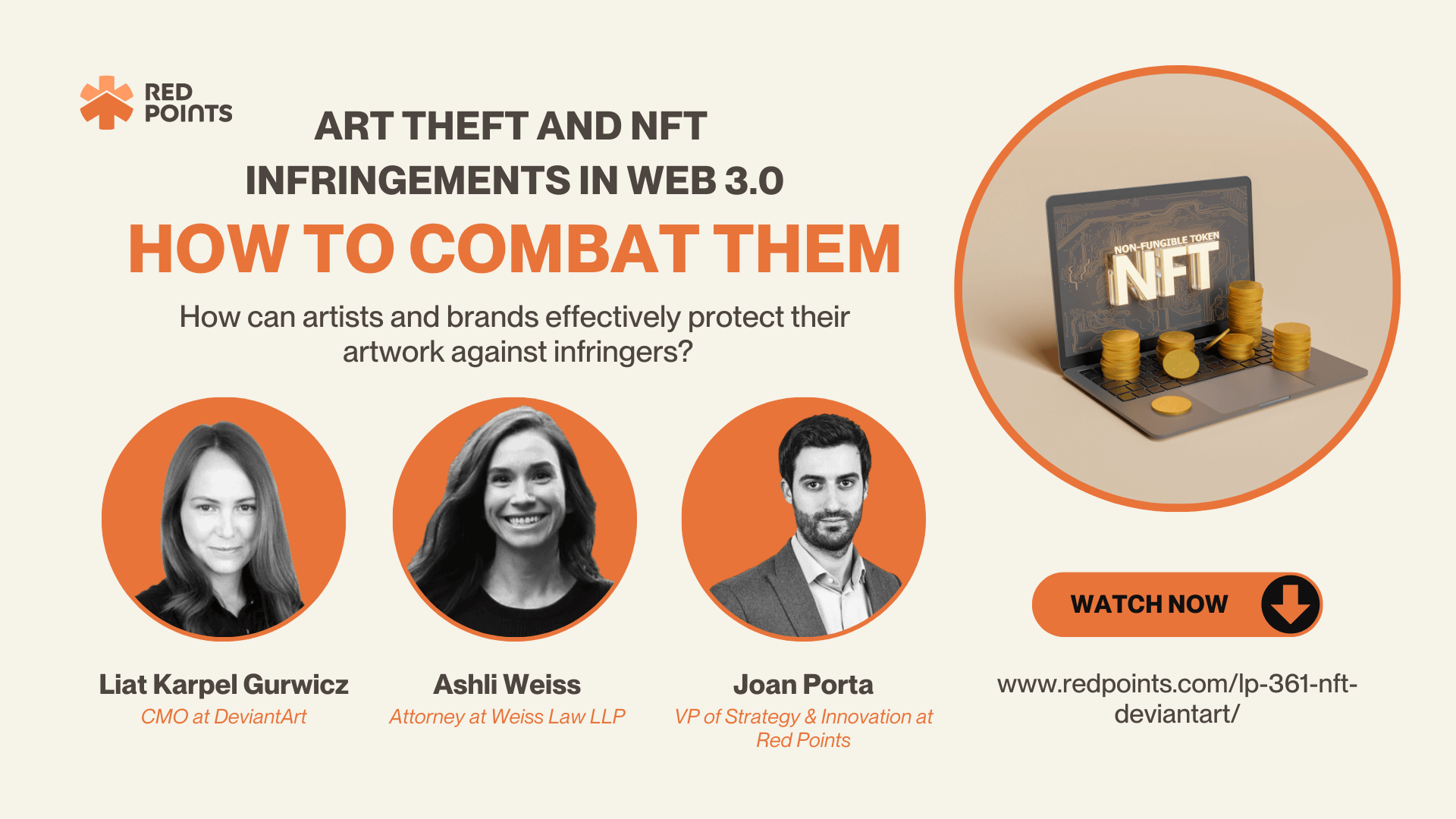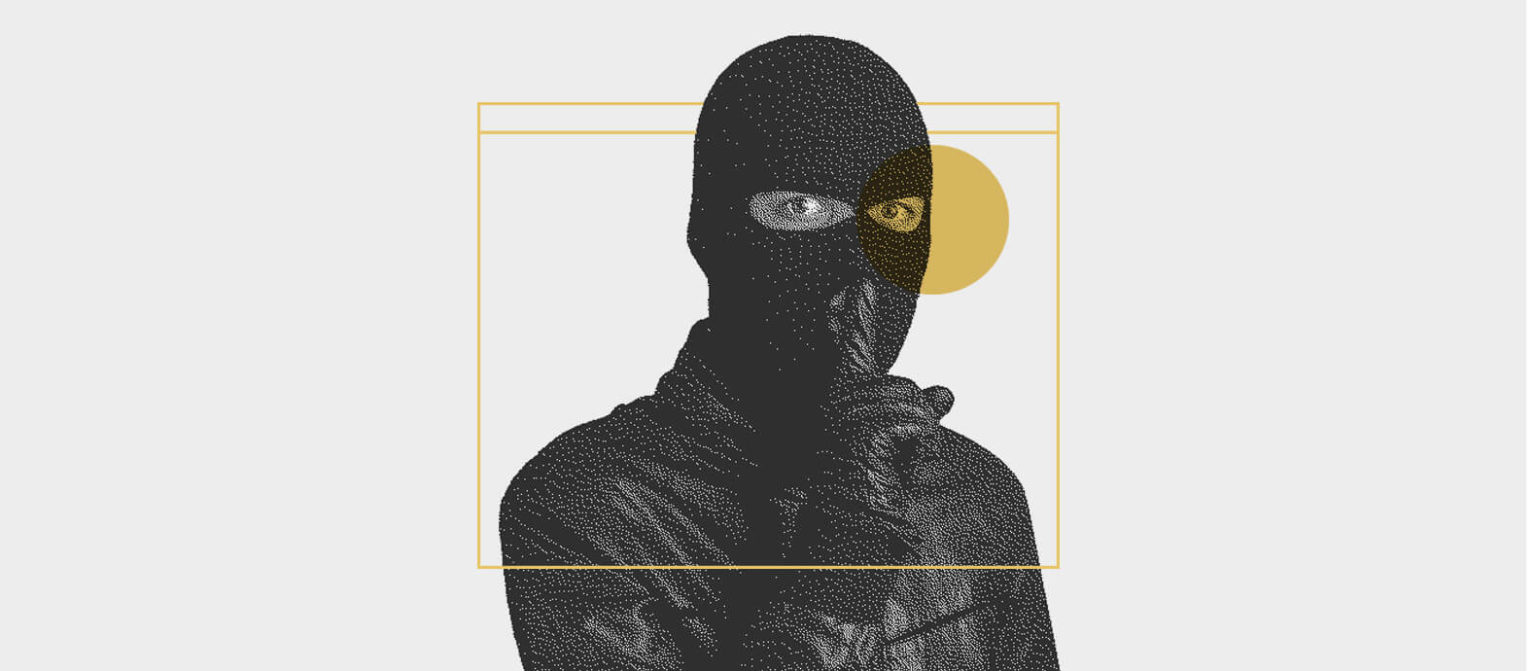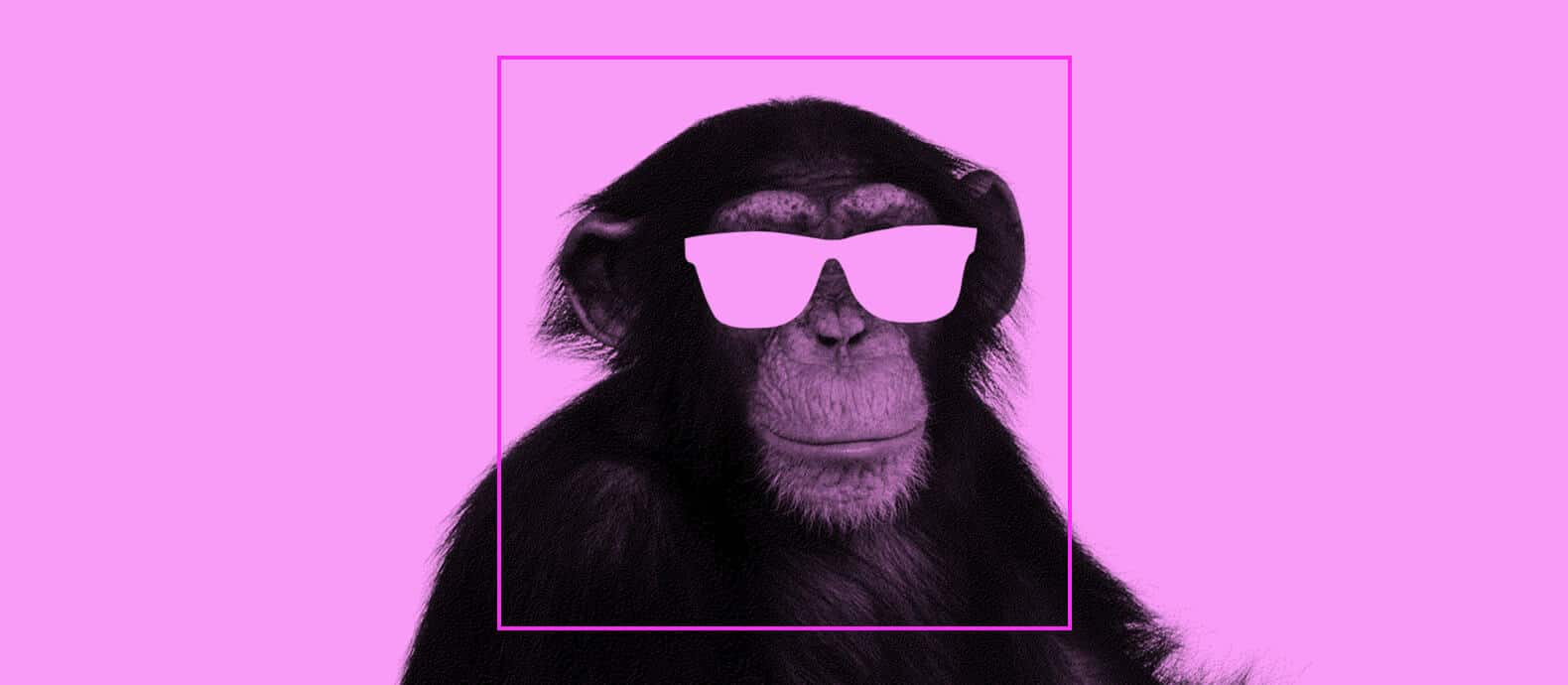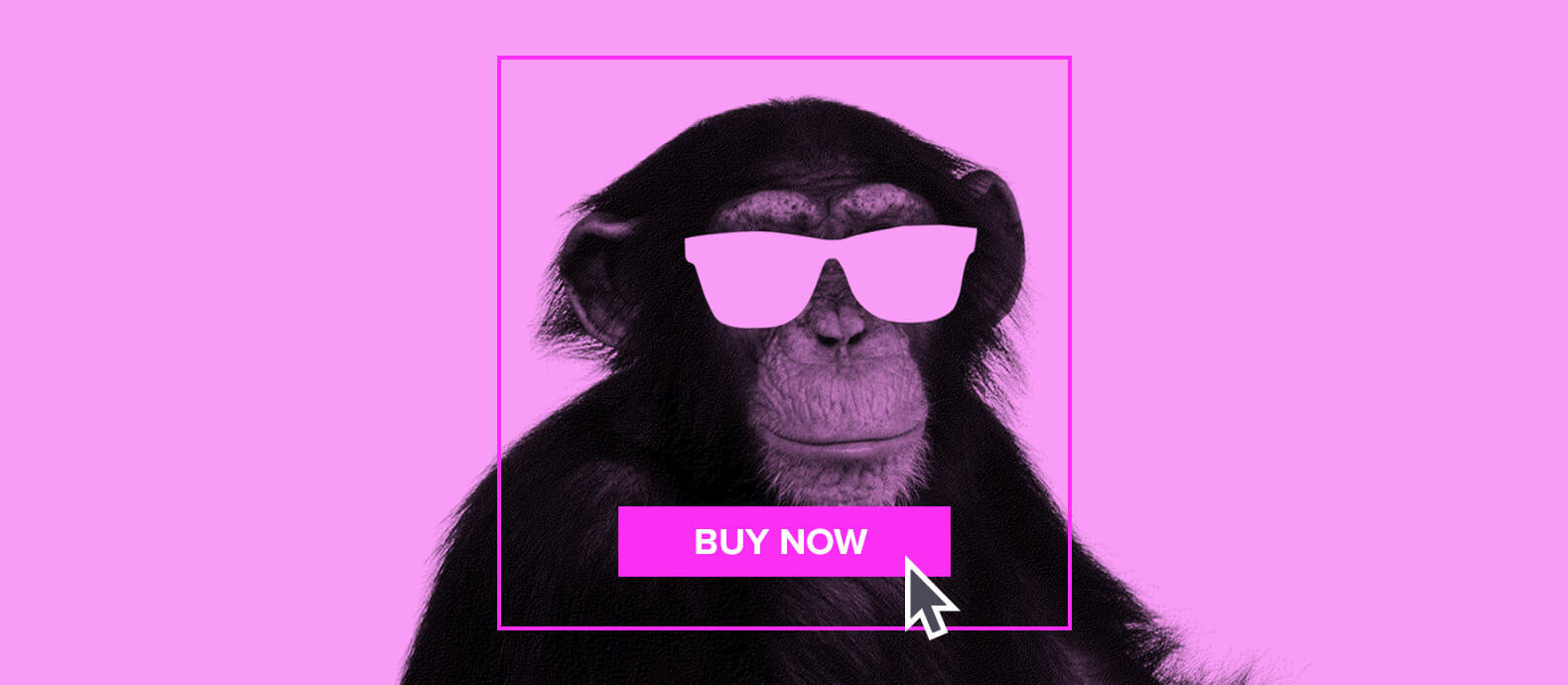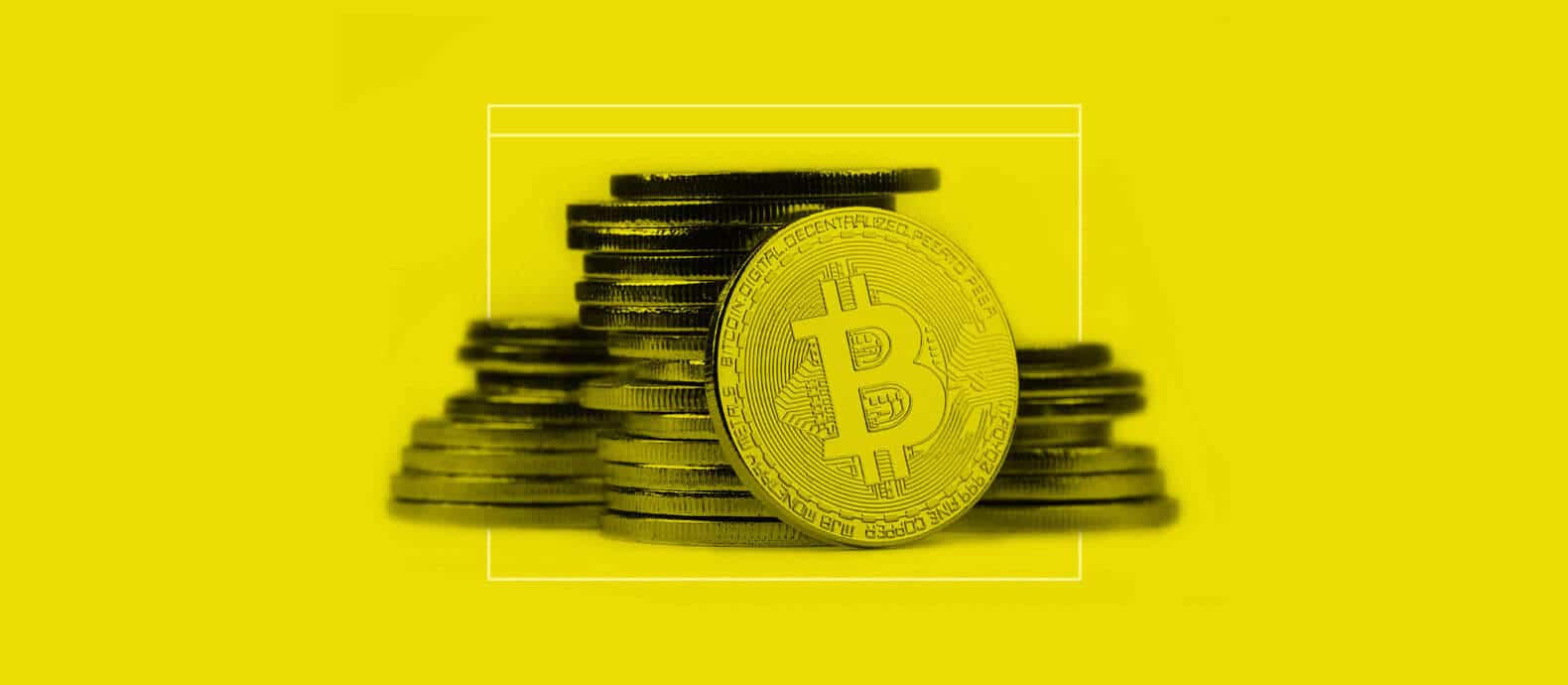The value of the online art market increased substantially as the pandemic hit with sales increasing from $4.8 million in 2019 to over $7.9 million in 2020.
The recent popularity of NFTs has also put a lot of focus on digital art. According to an estimate, the digital marketplace for NFTs grew to $22 billion in 2021.
But the attention hasn’t all been positive as in recent years digital art has also become a big target for scammers. Digital art theft has now become one of the biggest threats in the industry.
How is digital art stolen?
Stealing digital art is just as easy as uploading a new piece of art on the internet. And if the artists are not careful, their digital art pieces can be used to make profits by scammers and bad actors.
Here are some of the many ways digital art can get stolen and used for profit:
Merchandise
Stolen art can be easily found on platforms like Amazon, Etsy, Redbubble, and CafePress, without the permission from the original artists. Scammers and resellers can make money by selling the art directly or by publishing the art on stickers, tshirts, tote bags, blankets and more.
Social media impersonation
Impersonating artists on social media is another way to steal digital art and make profit off of the hard work of talented artists. Scammers pretend to be the original creators of the art and sell it to unsuspecting customers.
Non-Fungible Tokens
But currently the most popular way that scammers have been conducting digital art theft is through NFTs (Non-Fungible Tokens) and publishing them on different NFT marketplaces.
NFTs are metadata files that are encoded with digital artwork – that may or may not have IP protection. While a user can create an NFT with copyrighted or trademarked artwork, they can also create an NFT with a public domain artwork that is free to use for commercial purposes.
Also important to note that buying an NFT only means buying the metadata to the NFT and not the art itself. You don’t get the ownership or copyright of the digital art when you buy the NFT. Scammers can often confuse buyers with this clause and make them believe they are in fact going to own the copyright of the artwork.
Digital art theft is so common even big brands aren’t immune to it. Hermès recently filed a trademark claim against a digital artist Mason Rothschild, who started selling NFTs of digital images which included colored and furry Birkin handbags placed on a pedestal. Birkin bags have been trademarked by Hermès and they are the most coveted as well as expensive handbags in the world.
The lawsuit that includes allegations of trademark infringement has raised interesting issues about how intellectual property laws need to be followed even when it comes to digital art and technology.
While Hermes only filed a case against the NFT issuer who put the digital art on sale, Chinese courts are now even prosecuting NFT platforms for publishing NFTs that infringe on someone else’s intellectual property.
When artist Ma Qianli filed a lawsuit in China after a user tried to sell their copyrighted digital art on the NFTCN marketplace, the court came to the conclusion that the NFTCN was also responsible for not checking whether the person who posted the NFT was the rightful owner of the digital art or not.
Big Verse, the company that owns NFTCN, was instructed to pay a fine of $611 and immediately stop the circulation of the NFT. (Note that the NFT was only sold for $137).
Impact of digital art theft
Digital art theft can have several consequences including:
Artwork gets devalued
When your artwork, stolen in low-quality format, becomes easily accessible on all the major platforms in several merchandise, it can quickly become devalued and even affect your reputation as an artist.
Violation of a legal right
When someone copies the artwork that you spent days or weeks creating, it violates your legal rights and also makes it difficult for you to take strict legal action in the future. After all, if you let them get away with it once, they will eventually come for more.
Platform relationship
If you offer your digital art exclusively on a specific platform, then digital art theft can also lead to significant issues in your relationship with the platform. Most artist-friendly platforms make it clear that they don’t support infringed or duplicated art, but when copies of your art become available in other places, it can even make the original listings seem suspicious.
Moreover, if your digital art is available on other online platforms easily, there is no incentive for prospective customers to buy it directly from you, which can in turn affect your sales as well.
4 ways artists can prevent digital art theft
1- Understand the extent of the theft
Understanding the actual offense can in turn help you determine the next path.
Has someone directly copied your art or have they created something similar? Remember that copyright can protect the art itself but not the idea behind the art. It’s natural to get attached to the artworks that you have spent weeks creating, but similar ideas can come to different people on many occasions.
However, if someone has directly copied your work by using it for commercial purposes or someone has been impersonating you and selling your artwork as their own, then it is considered a theft. You can start by looking into when they started stealing your art, how many copies of art they have sold, and how much profit they have made till now.
2- Register copyright for your artwork
You get automatic copyright for the artwork that you create, as long as it’s in a tangible form – physical or digital. But if a bad actor has copied your work, it can be legally challenging to prove that the artwork belongs to you when you don’t have official copyright. It can also rake up a lot of lawyer fees.
On the other hand, when you officially register a copyright for all your artworks, it gives you the legal protection to sue any digital art thieves directly all the while reducing legal fees and increasing statutory damages for the theft.
If you are in the US, you can directly register for copyright through the official website. In case you are in a different country, you can register through your local copyright office.
Here’s a list of copyright offices in countries around the world.
3- Monitor and locate stolen artwork
The next step is to constantly monitor the internet to locate and track stolen artwork of any kind. You can routinely run a reverse image search on Google to look for any copies of your artwork online and you can also set up Google Alerts with the name of your artwork along with your name.
Of course, manually scanning the internet for stolen pieces of artwork can be incredibly time-consuming and difficult, especially when you want to put all of your energy into creating art.
You can instead use a solution like Red Points that uses image recognition technology and artificial intelligence to automatically scan the internet for copyright infringements and get stolen digital art theft listings taken down.
It’s also a good idea to only use low-resolution images when sharing your artwork on your official website and social media platforms as that can make it all the more difficult for scammers to copy your art and get away with it.
4- Take legal actions against scammers
If your art has indeed been stolen, you need to take strict legal actions as soon as possible to shut the whole operation down. The longer you wait, the more time you give the scammers to profit off of your art and your hard work.
You can start by sending cease and desist letters or even copyright notices to anyone who has infringed or stolen your digital artwork
What’s next
Digital art getting stolen from multiple platforms and even turning up on NFT marketplaces has become all too common in the last few years. This has made it all the more necessary for digital artists to always stay ahead of their game and take proactive steps to protect their art.
Find out how you can streamline the monitoring and takedown of digital art infringements in 2022 and beyond.
